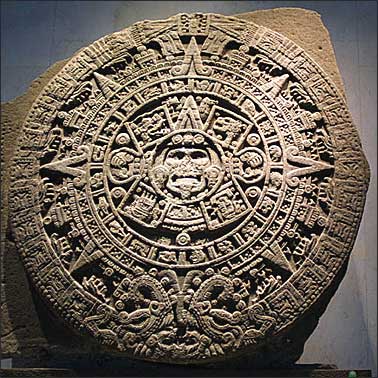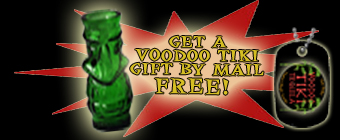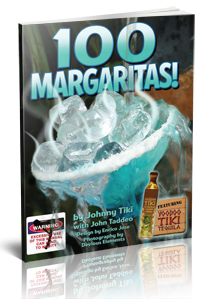The Beginning of the Extraordinary Part 1
 Tequila, and Mezcal, track their origins back at least 2000 years. About the first century A.D., one or more of the Native tribes that lived on what is at present central Mexico learned that the juice of the agave plant, if left in contact with fresh air, could ferment and become a white, to some degree alcoholic drink. News of this uncovering spread all through agave developing locations. The Aztecs labeled this drink octili poliqhui, a name which the Spaniards eventually modified to Pulque.
Tequila, and Mezcal, track their origins back at least 2000 years. About the first century A.D., one or more of the Native tribes that lived on what is at present central Mexico learned that the juice of the agave plant, if left in contact with fresh air, could ferment and become a white, to some degree alcoholic drink. News of this uncovering spread all through agave developing locations. The Aztecs labeled this drink octili poliqhui, a name which the Spaniards eventually modified to Pulque.
In Aztec way of life pulque consuming found religious importance. Ingestion by the public was limited to special holidays when big tubs of pulque were set up in public spots. The ruling class was not governed by the identical prohibitions, however, and consumed pulque all through the year, a benefit provided to captive warriors before being sacrificed to the gods.
As soon as the Spanish arrived in Mexico in the early 16th century, they very quickly began to create and enjoy pulque, however the very low alcohol content (approximately three percent) and earthy, vegetal tastes made it less preferred among the conquistadors compared to European style beers and brandies. Earlier attempts to distill pulque failed, when the ending spirit was harsh and acrid. It had been soon observed that baking the agave pulp led to a sweeter juice that, when fermented, evolved into termed as Mezcal Wine. This “wine” was then distilled to the spirit that we call Mezcal at present.
Early Mezcal manufacturers in the Spanish colony of Mexico managed in a style just like modern-day brewpubs. The distilling plant was in general small, and its production was consumed predominantly in the distillery tavern (taberna). As the colony progressed, the Mezcal wine industry followed and soon became a key way to obtain tax revenue for the Crown. Recurrent endeavors by Spanish brandy providers to shut down the Mezcal market place were failed.
In 1656 the community of Tequila (named for the local Ticuilas Indians) was given a charter by the governor of New Galicia. Tax records of that time show that Mezcal was already being produced in the region. This Mezcal, created from the local blue agave, demonstrated a reputation for having an exceptional taste, and barrels of the “Mezcal wine from Tequila” were before long being transferred to nearby Guadalajara and far away urban centers such as the silver-mining boom towns of San Luis Potosí and Aguascalientes.
The earliest of the still existing distilleries in Tequila dates back to 1795, when the Spanish Crown awarded a distillers license to a neighborhood padrone named José Cuervo. In 1805 a distillery was established that would at some point come under the management of the Sauza family. By the mid 1800s there were plenty of distilleries and millions of agave plants under cultivation around Tequila in what had become the state of Jalisco. Slowly, the domestically manufactured Mezcal came to be labelled as Tequila (just as the grape brandy from the Cognac region in France was recognized purely as Cognac).



